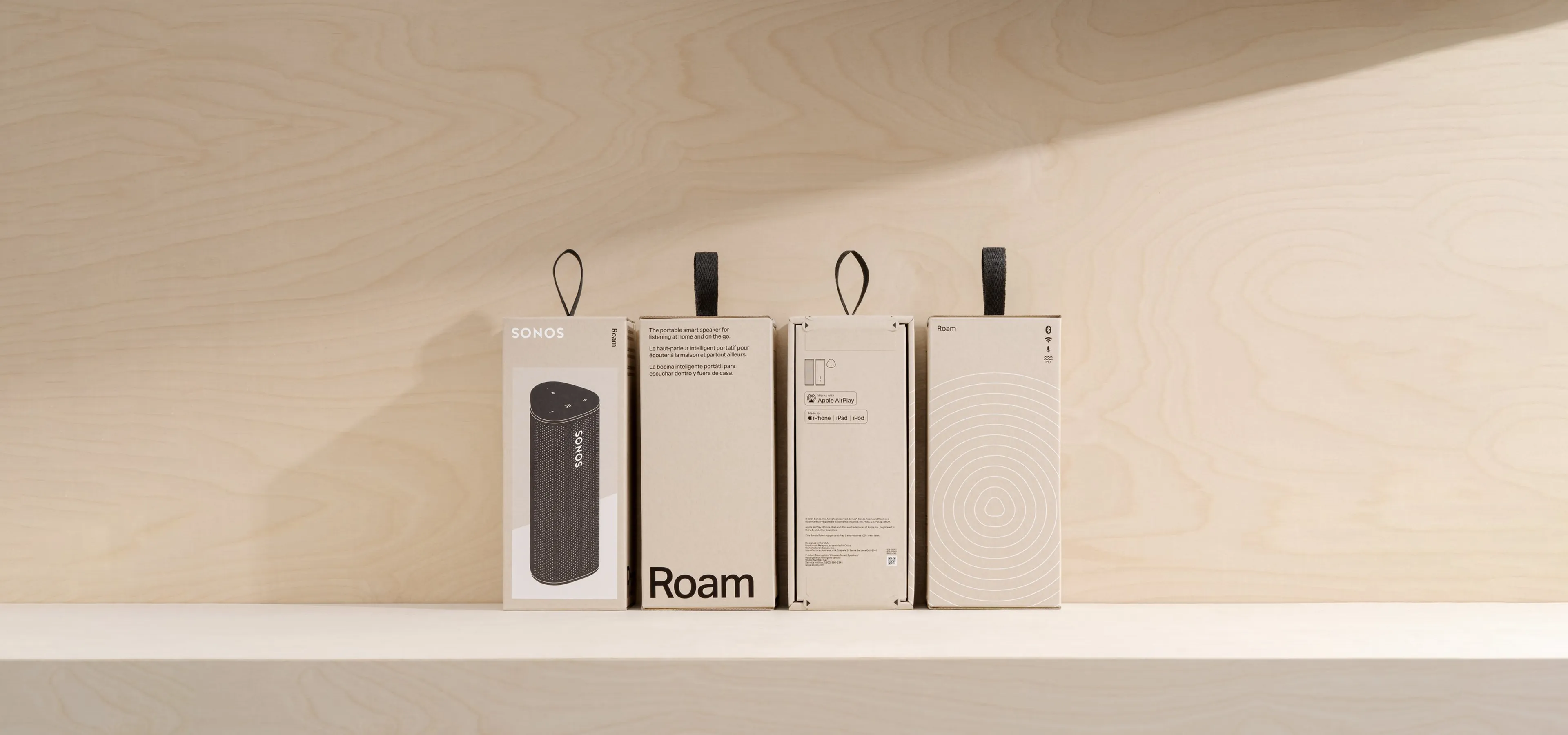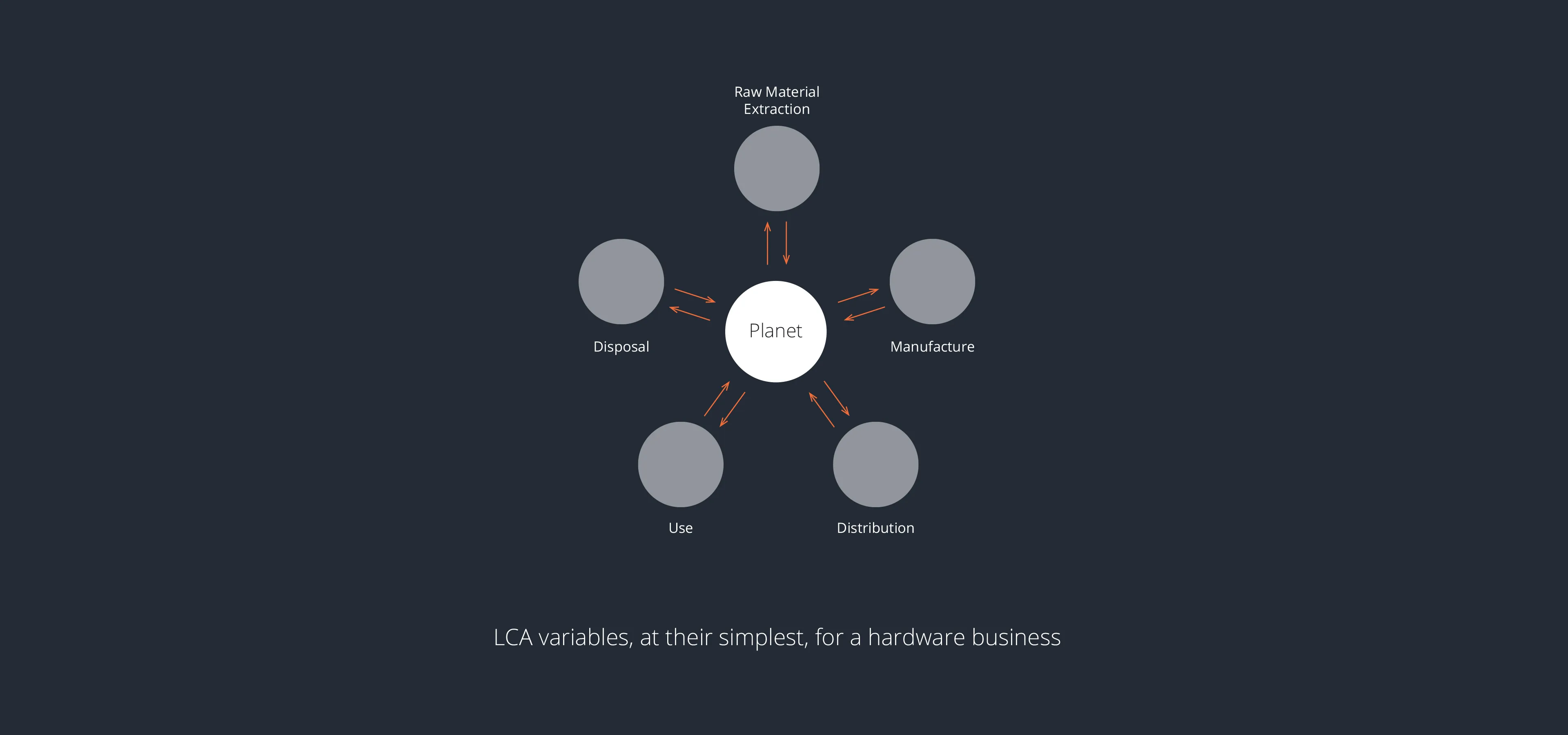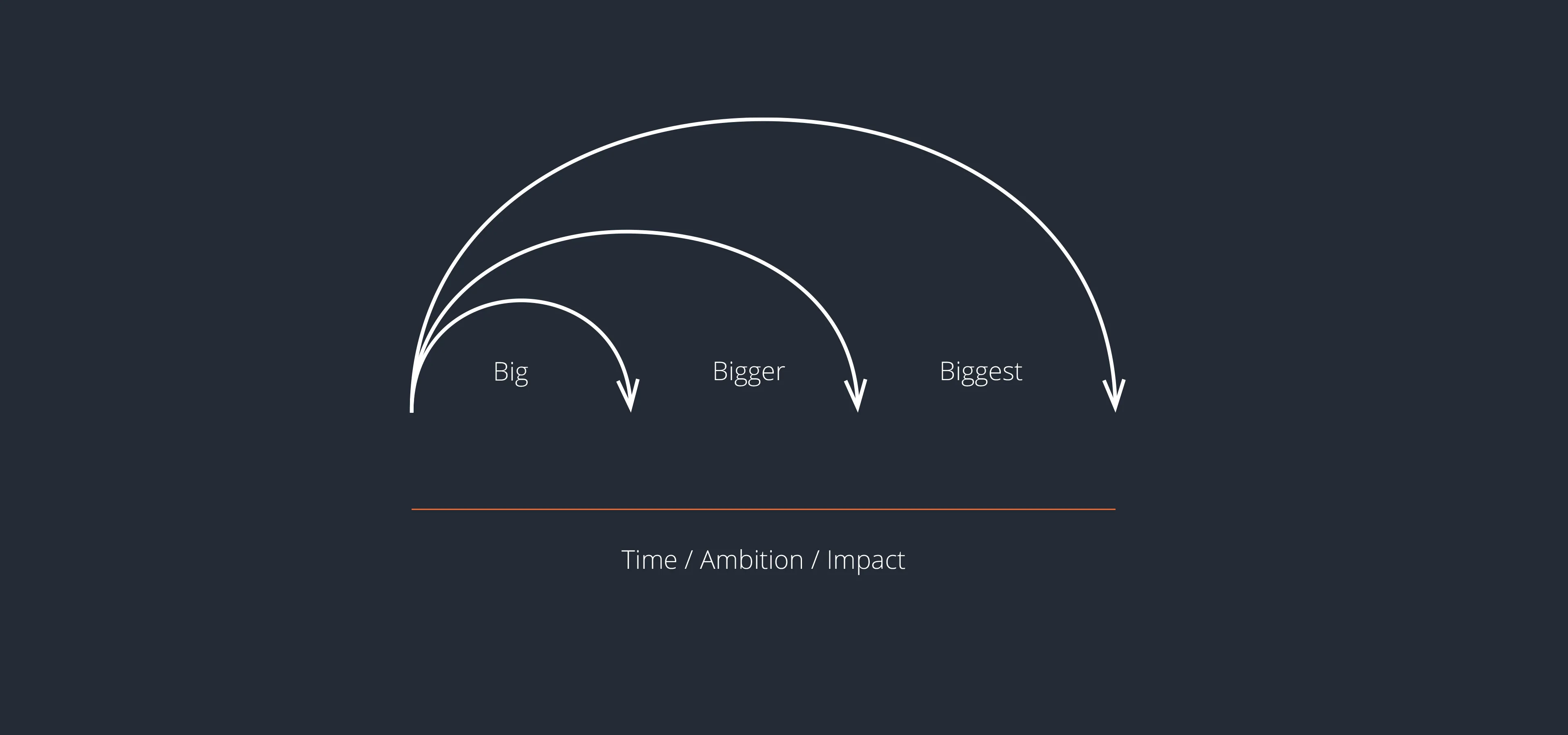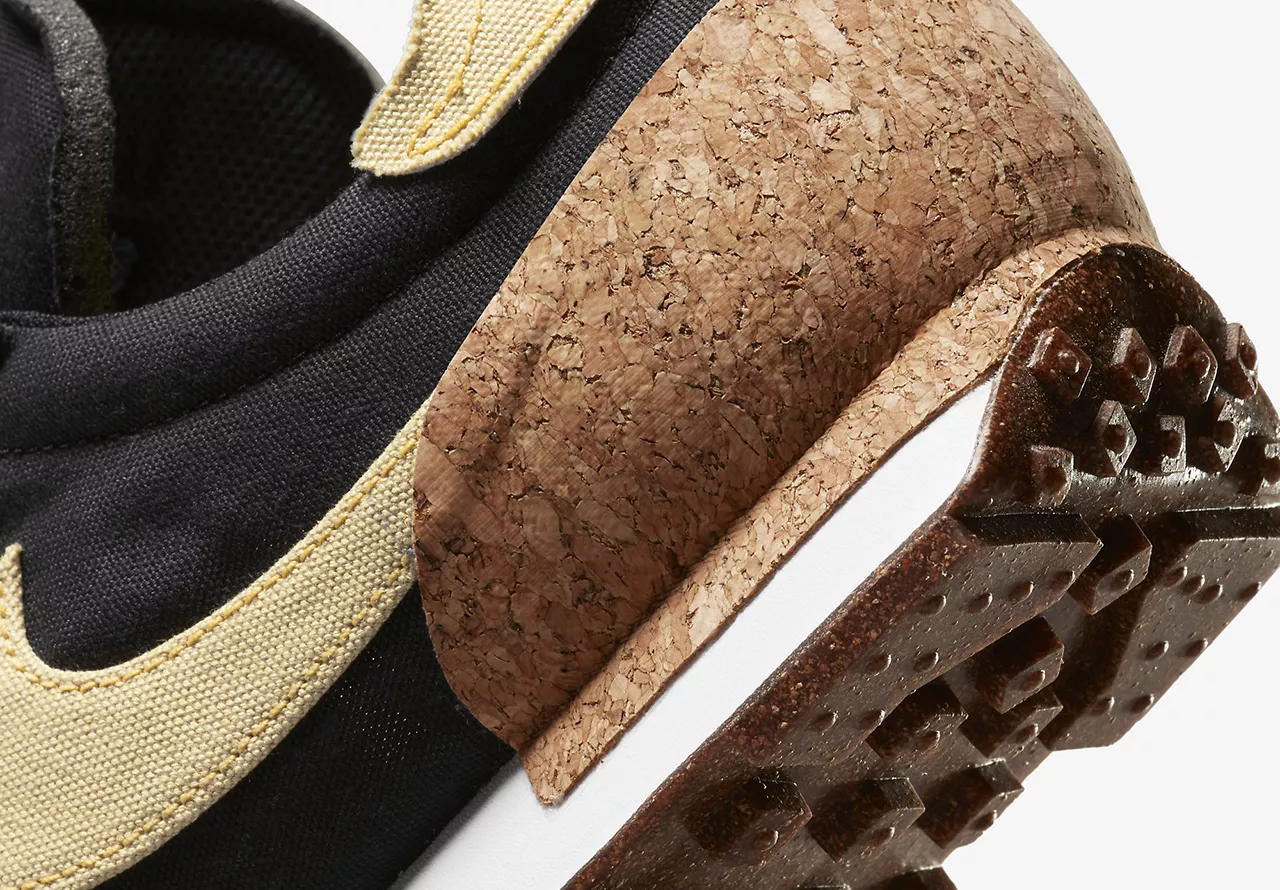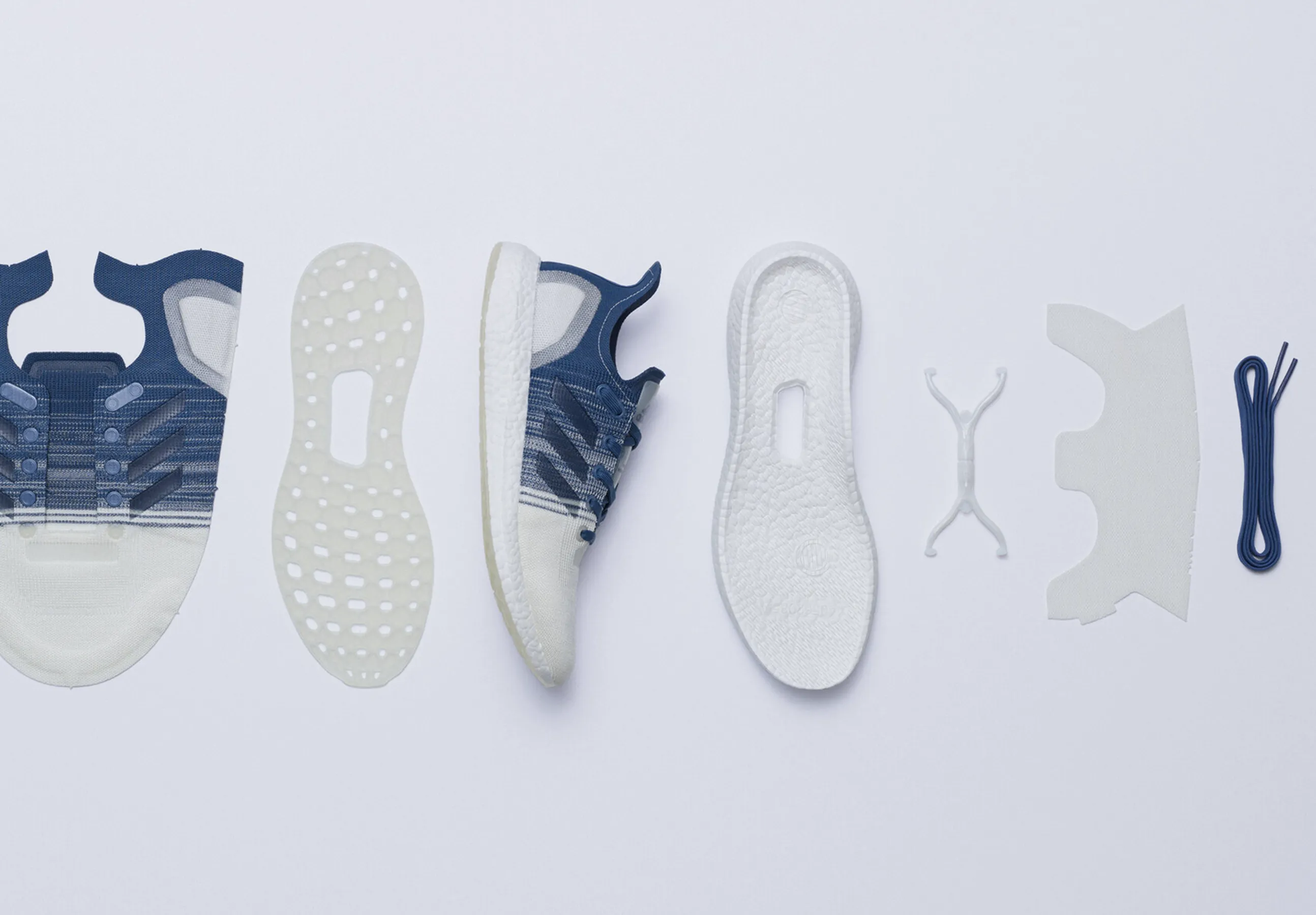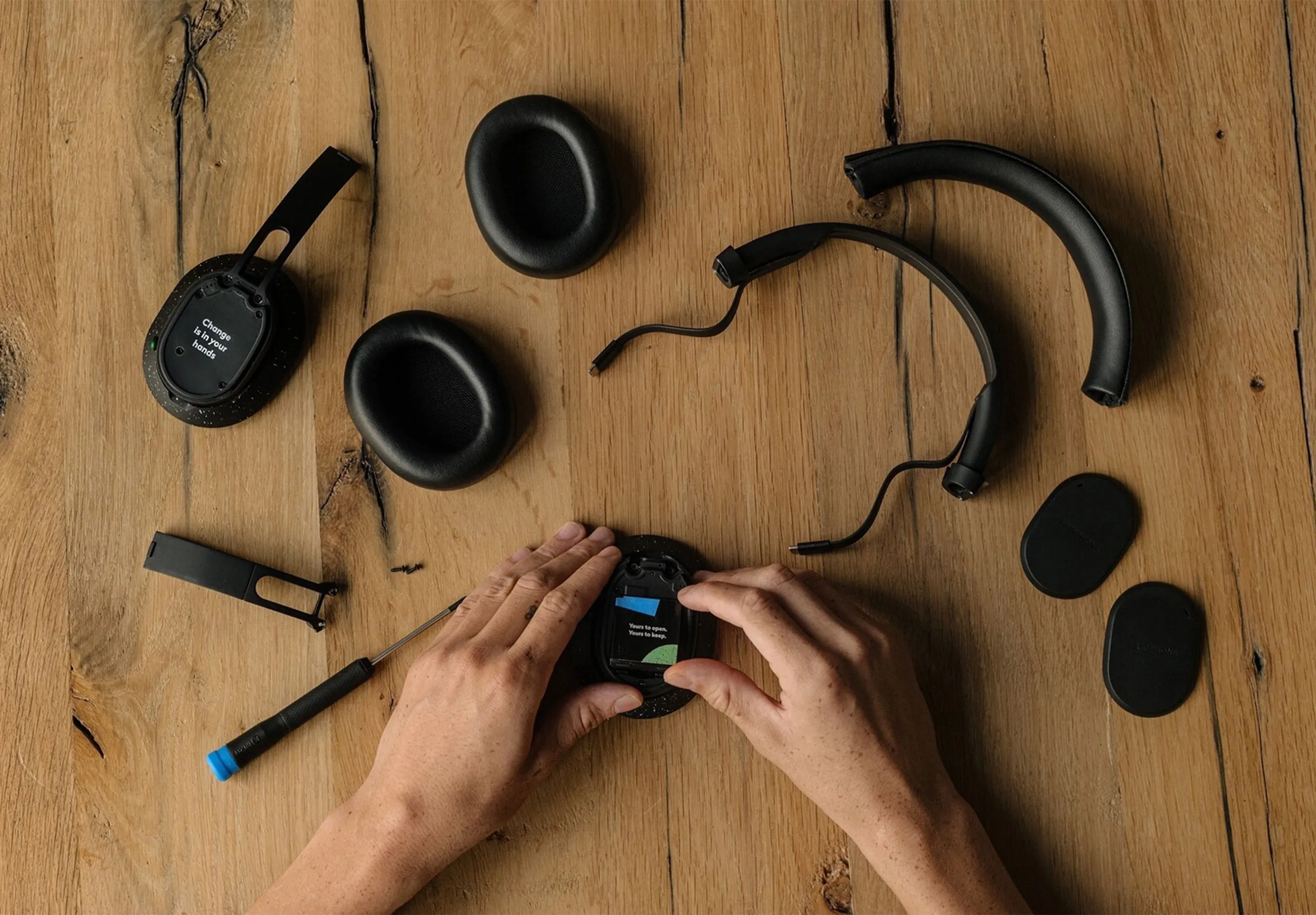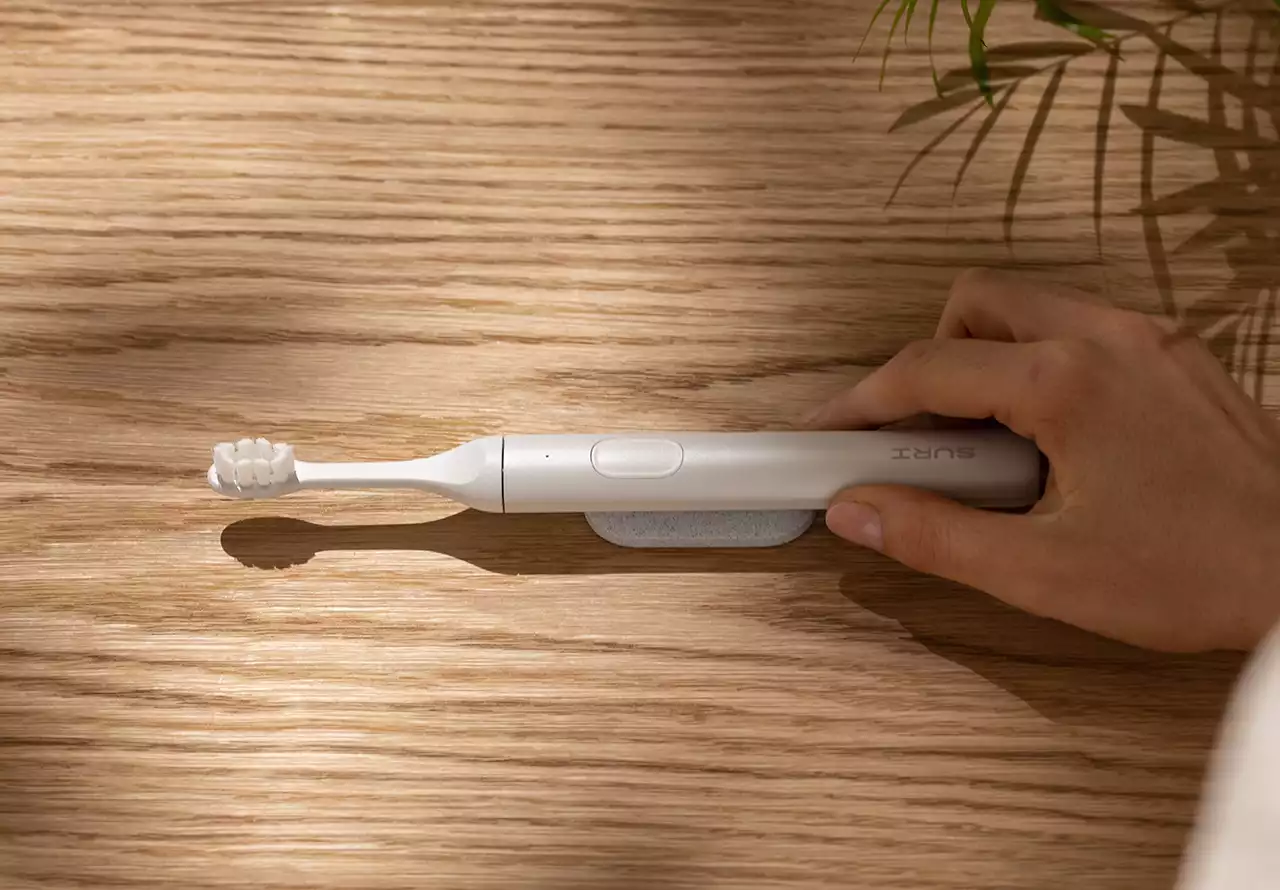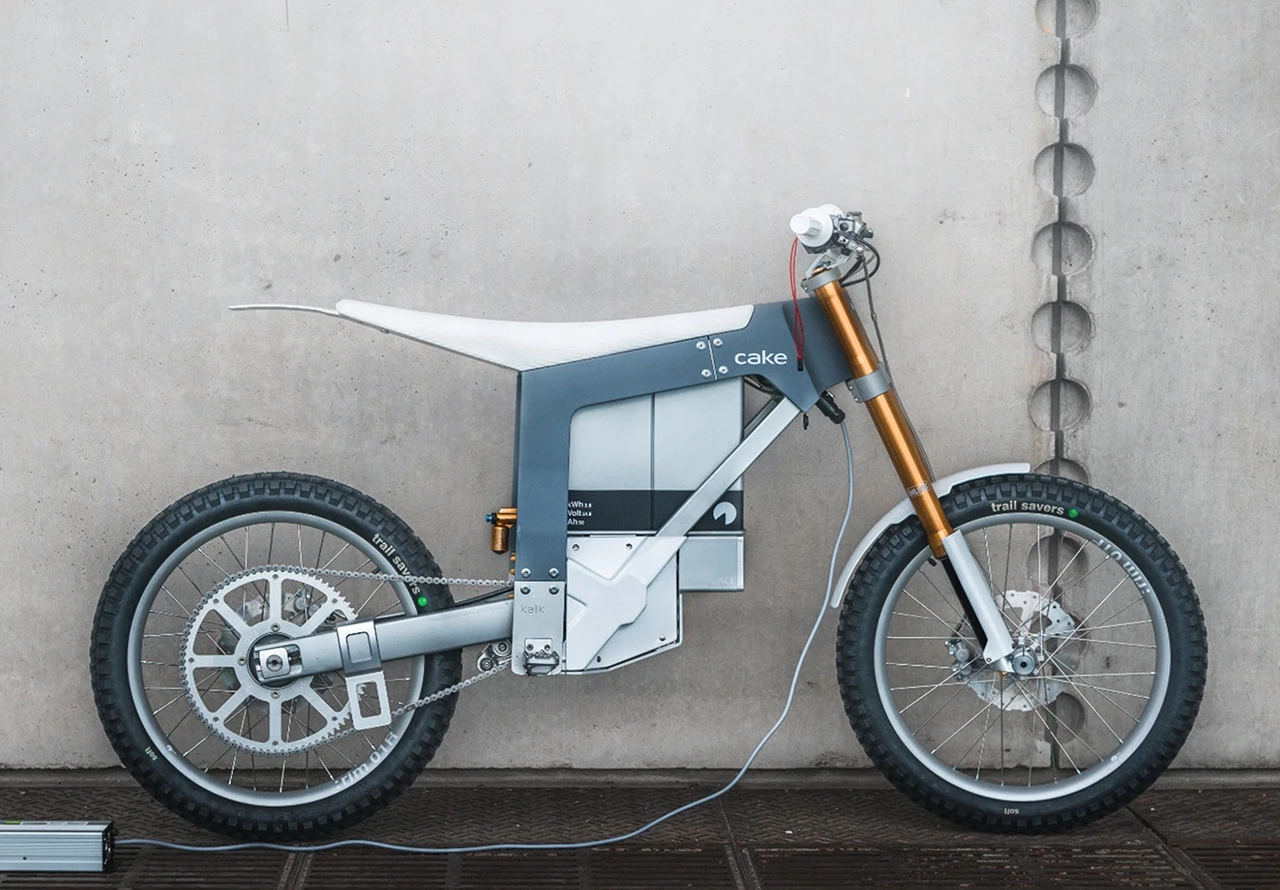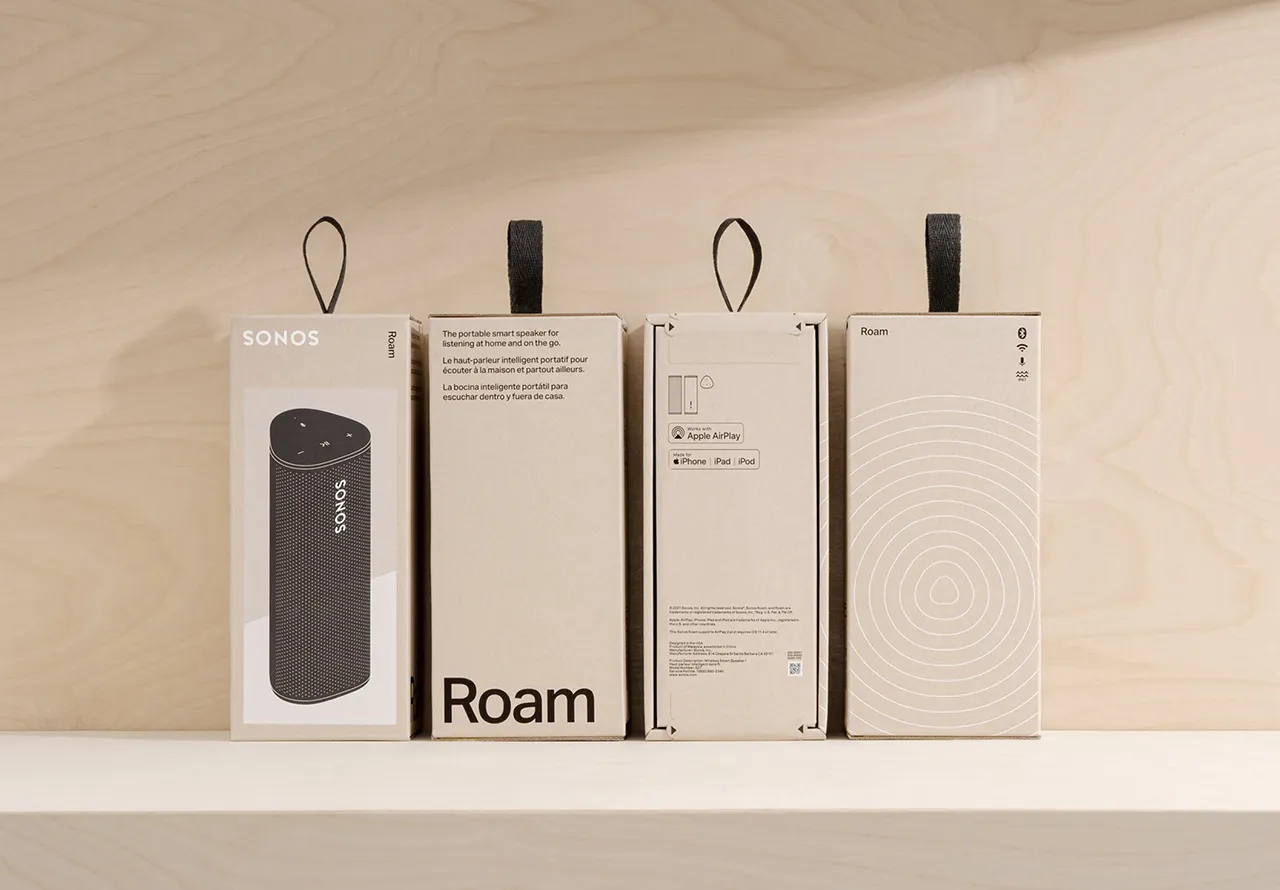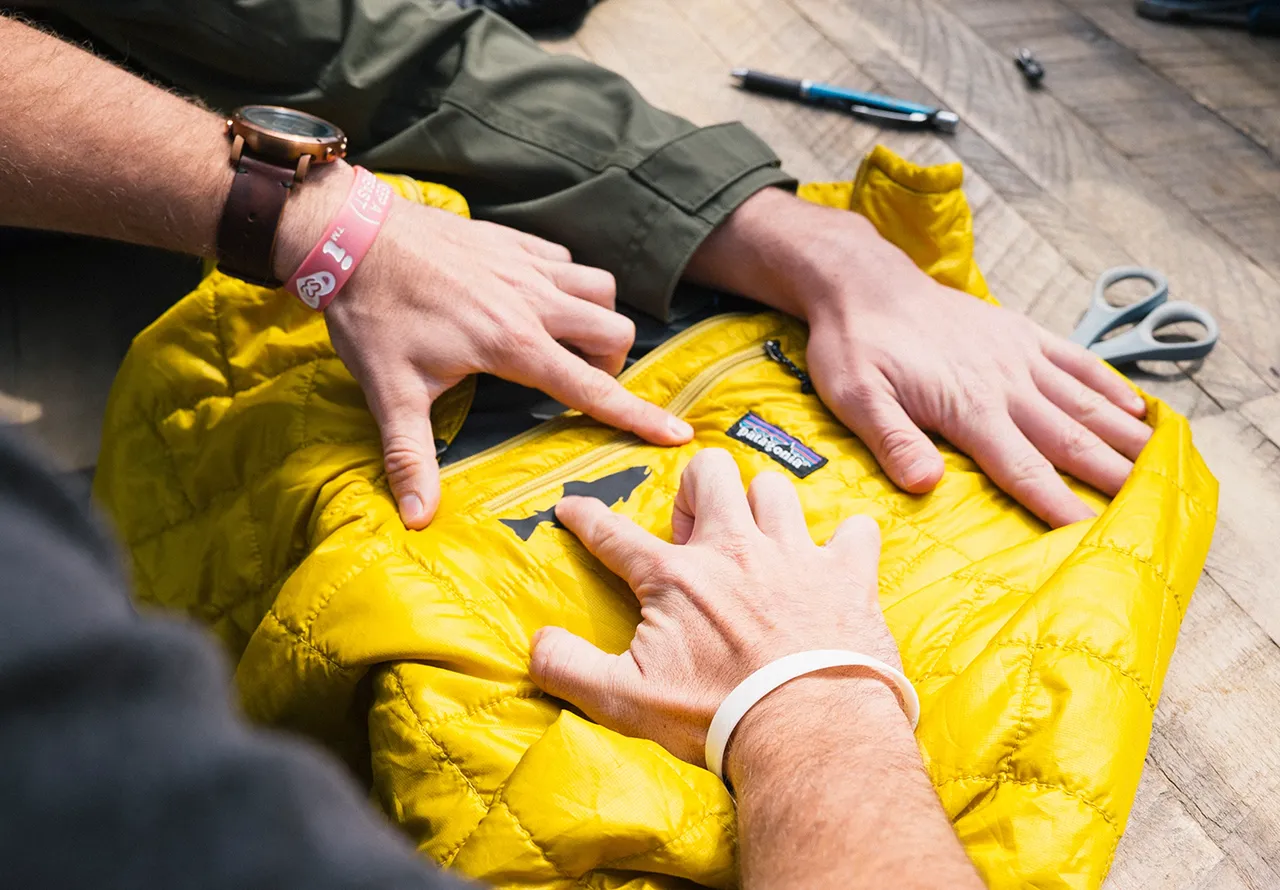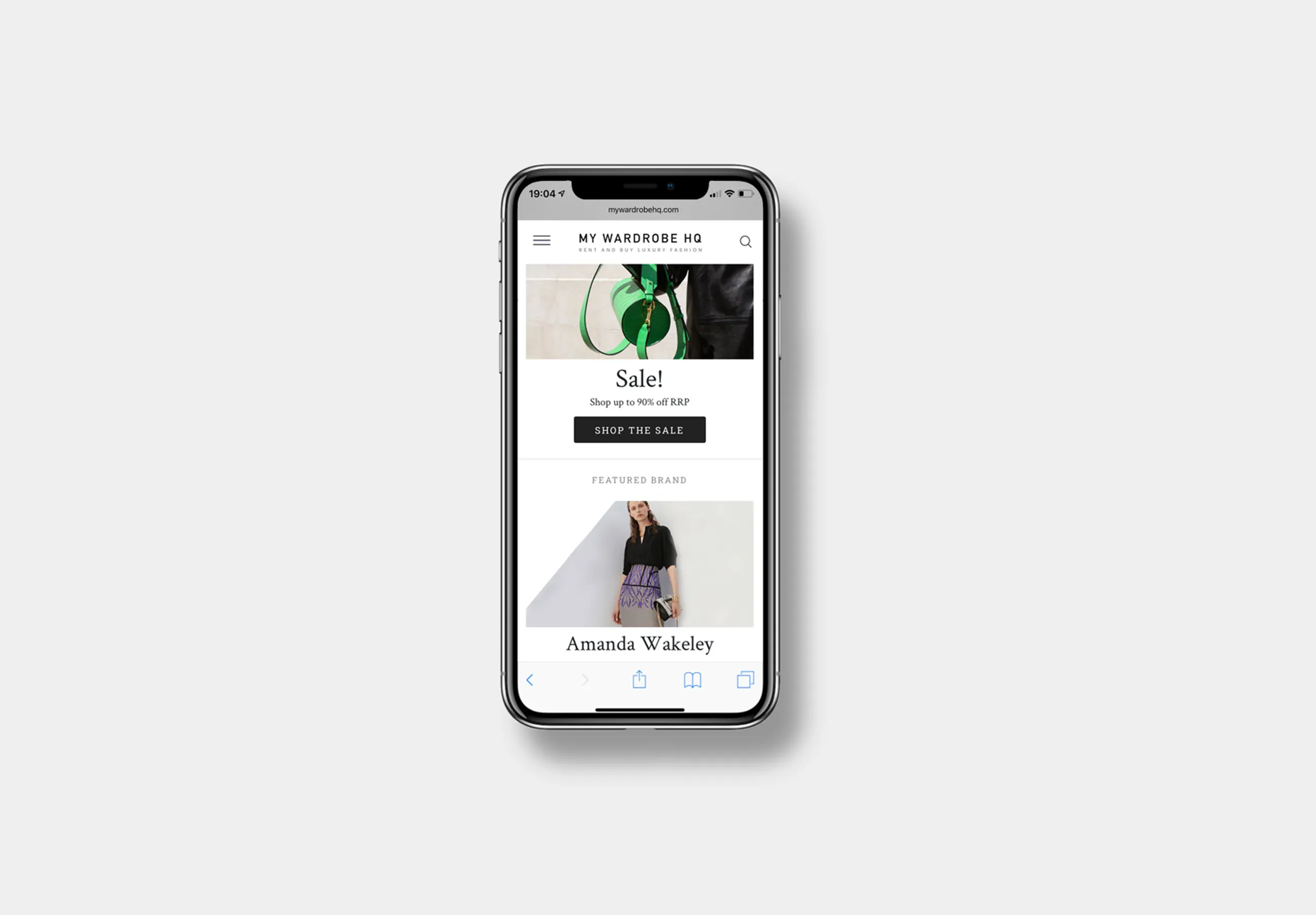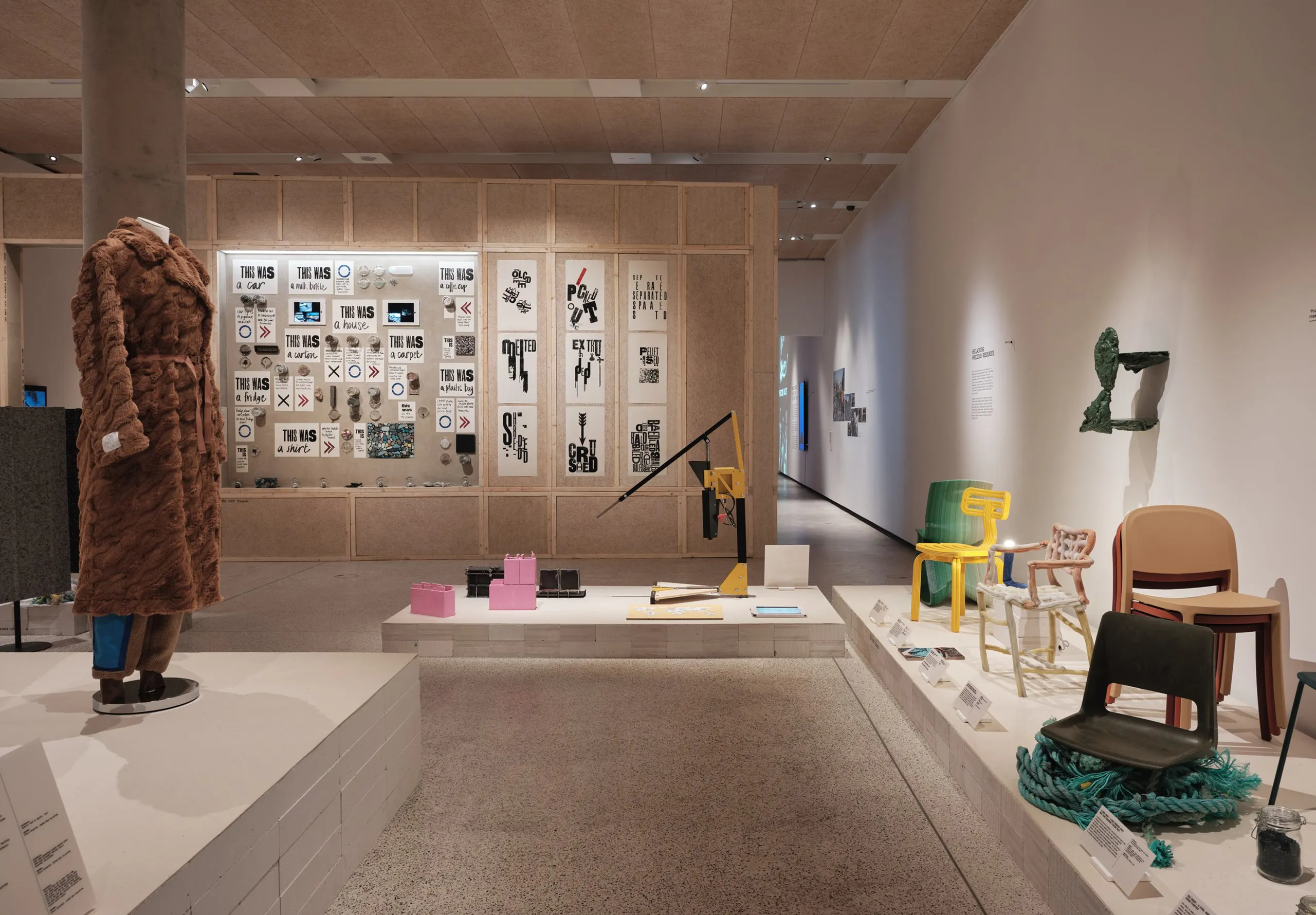ESG strategy and your brand.
As the world wakes up to the climate crisis, eco-conscious companies are actively seeking ways to deliver a positive impact for the planet and their bottom line.
In this piece, we delve into ESG, and the power of sustainable design and innovation strategies, and offer practical guidance on how to choose both the right strategy and the tools to measure impact potential.
(6 minute read)
Short on time? Use these links
Turning ambition into action
With planet health now an urgent priority, sustainability is finally front of mind for business leaders looking to make an impact and remain profitable. Nevertheless, a clear disparity remains, with only a quarter of companies having any business-wide Environmental, Social, and Governance (ESG) KPIs in place.
So, how can sustainable design and innovation strategies close the gap between ambition and action?
Before you can make sweeping changes, you need to take stock of your full product lifecycle.
What is your current impact?
It’s widely recognised that around 80% of the ecological impacts of a product are embedded at the design phase. It’s an empowering position for designers – one that puts teams under the spotlight to make the right decisions early on in the process.
The common starting point is conducting a Life-Cycle Assessment across your product portfolio. This data-driven approach examines the entire product lifecycle, from raw material extraction to disposal or recycling, and allows the product team to highlight the hotspots for improvement.
Equipped with this information, you’ll be able to optimise your design strategy accordingly and ultimately create more circular and sustainable products.
What is the scale of your ambition?
Determine what you want to achieve with your sustainability efforts. Do you want to reduce your carbon footprint, eliminate waste, or transition to a circular economy?
To make ESG management decisions that drive impact, create a competitive advantage, and avoid ‘greenwashing,’ it’s essential to use real, objective data points. That means setting goals that are clear, ideally overtly connected with the company’s overall brand strategy and specific to its industry, size and location.
You’ll also need to build time-bound parameters into your strategy and ensure all relevant teams and stakeholders are on the same page about the end date for when your goal will be achieved. For example, Walmart has a climate change-related ESG goal to achieve an 18% emissions reduction in its own operations by 2025.
ESG action planning
Inevitably, such goals can be intimidating without a concrete plan in place. Breaking down your sustainable design and innovation plan into smaller objectives can help you achieve your ESG target efficiently.
A short-term plan (1–2 years) could focus on objectives that can be achieved quickly, such as reducing the use of non-renewable materials or increasing the use of recycled materials.
A medium-term plan (3–5 years) should serve more significant objectives, such as switching from single hardware sales to a Product as Service approach, which in turn will lead to designing for disassembly, repair, and remanufacture.
Finally, a long-term plan (5–10 years) should focus on more long-term objectives, such as developing regenerative design practices, transforming your business model to promote circularity and achieving net-zero emissions. Given the nature of these long-term goals, it may be helpful to start with low impact strategies and gradually work towards more ambitious goals as you gain experience and resources.
What is the impact potential of each strategy?
Inevitably, factors such as business size, industry, budget and existing infrastructure will determine the potential impact of each sustainable design strategy on your business and the environment.
Some strategies may have a larger impact than others, and what may seem a small change for a budding start-up can have a colossal impact for a global corporation.
In any case, a pilot study is recommended as the first step before rolling out sustainable design strategies across all product portfolio hotspots. Testing the approach with a small range of products enables brands to measure environmental impact, gauge customer response and analyse the cost implications.
Finding the right way forward
When it comes to sustainability, there really is no one-size-fits-all approach.
While the appetite for a circular economy is high, it’s important to keep in mind that full-scale business transformation isn’t always necessary to achieve a substantial impact. Setting a high-impact strategy as a long-term business goal will allow you to lay the foundations for a more sustainable future, step by step.
In the meantime, mapping out your product lifecycle will enable you to identify more short-term solutions that can deliver quick but considerable wins for your brand and for the planet.
Success stories from ESG leaders
Sonos
Sonos has set the bar high for sustainable packaging with their Roam speaker.
By conducting a systematic 3-year appraisal of their packaging elements, they’ve created an unboxing experience that will make customers feel like it’s their birthday.
This refreshingly responsible approach to packaging is proof that good design can create moments of joy for customers while driving positive results for your business and the planet.
Unilever
In a bid to help stores slash their carbon emissions and drive down energy consumption, the company behind beloved ice cream brands like Ben and Jerry’s and Magnum are plotting a new formula that can be stored at 10 degrees.
In theory, this innovation has the potential to decrease greenhouse gas emissions as much as 20–30% per freezer.
Unconventional, but ingenious.
Atomic
In a bid to ensure every component within their products serves a performance-driven purpose with the lowest carbon cost, skiing equipment brand Atomic conducted its first LCA for alpine skis, touring skis and Nordic skis.
Through an in-house digital tool, Atomic’s product team can get a read on any new product’s carbon impact while the design is still in concept phase.
Designers can even check the carbon impact on any material they spec for any part of a product, allowing them to swap materials and deliver real improvements to their product range.
Nokia G22
In 2013, Dutch sustainability pioneers FairPhone introduced the premise that a smartphone could/should be for life.
Ten years on, HMD — the parents of smartphone pioneers Nokia — are hoping to make the concept of repairable smart devices a mass-market reality.
They’ve joined forces with iFixit to target a younger, more sustainably minded consumer with both tools and courses. By focussing on both the fail-early components and the trade-up technology aspirations, they hope to use PaaS to capitalise on making the right to repair a mainstream possibility.
Partner with us
There’s no one-size-fits all approach to sustainability.
Knowing where to begin and how to effect the greatest change demands a deep understanding of your industry, your infrastructure, your customers and your product lifecycle.
Every day, we leverage our sustainable design expertise to help some of the world’s leading consumer product brands innovate for the triple bottom line.
Partnering with us gives companies the confidence to go further, do better and seize on opportunities to drive a more regenerative future.
